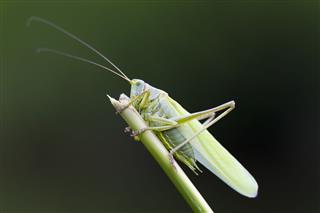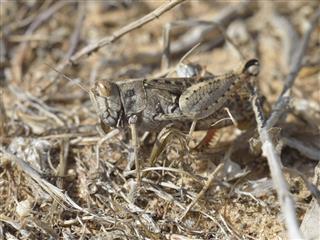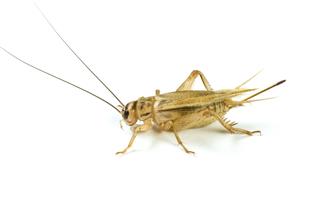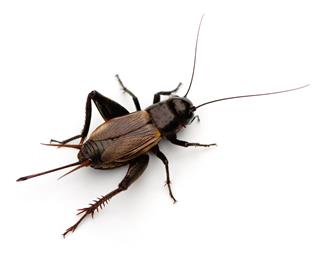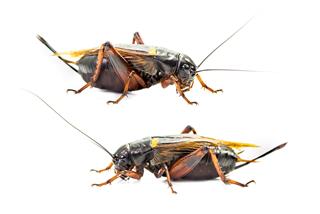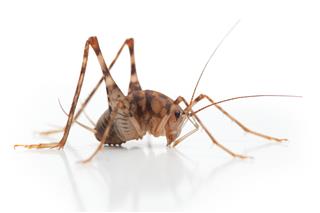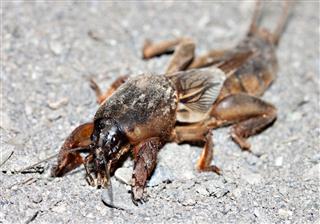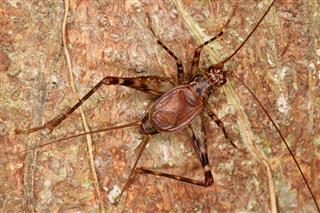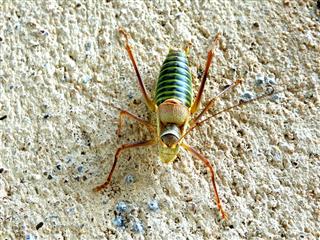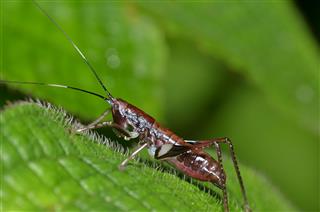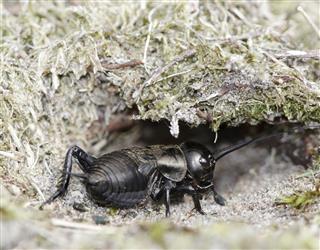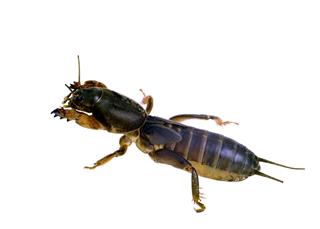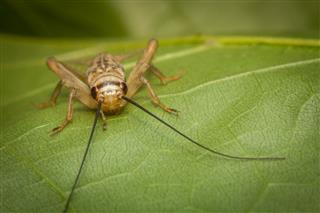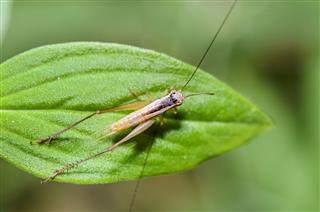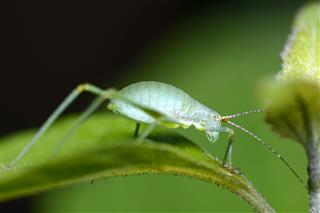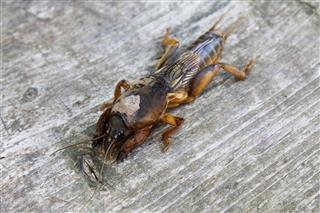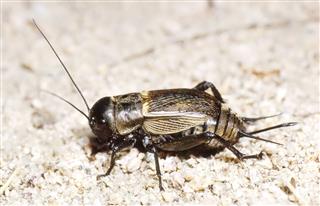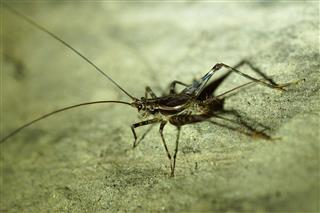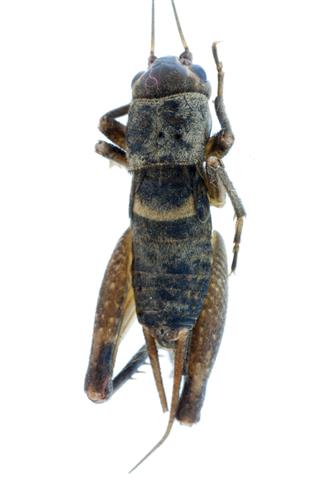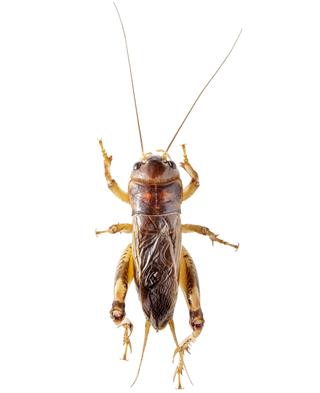
Chirping is an essential part of a cricket’s communication repertoire. Although the sound is very common, especially in rural areas, very few people actually know the reason behind such behavior of this insect. In this article, we shall study this action more closely.
Did You Know?
Crickets were considered to be symbols of good luck and respect in ancient China and Japan. The insects were kept in cages of gold, where people could listen to their melodious chirping.
The name cricket comes from the French word ‘criquer’ which means ‘small creaker’. On a calm night, the chirping of crickets in your yard or garden can be a very soothing sound. However, the same chirping can send you into a rage, if the insect has entered your home and is ruining your sleep. On the other hand, chirping is a very important activity in a cricket’s life cycle. They mainly communicate using scent, touch and sound, and sound is the most widely used method.
How Crickets Chirp
Not all species of crickets can chirp, and in those species which can, only males are capable of producing such sounds. It is a common misconception that crickets use their legs to create chirping sounds. Actually they use their wings to do so. The sides of their wings are grooved in texture. They also have a jagged edge above the grooves. When these grooved sides of the wings are rubbed against each other, chirping sounds are produced. This action is called stridulation. This music can be produced with either wing, but research shows that most males prefer to use their right wings over the left. Female crickets do not chirp, as they do not have the same anatomy. Let us now look at the purpose of such behavior.
Why Do Crickets Chirp?
Crickets are usually heard chirping at night, because they are largely nocturnal, and although you may also hear them during the day, such instances are much rarer. The chirping sound of the cricket, is useful to it in many ways.
Mating Song: Male crickets primarily use their chirping ability to create mating calls. Loud chirps from the males at night, help the females to locate them. This is followed by a softer courtship song after which the mating begins. Finally after successfully mating, the males will sing another song to keep the female nearby, and to keep her from mating with another male. Similar to birds, the male cricket serenades the female, and the best chirping male usually gets the girl. Studies have shown that female crickets prefer fast and high-pitched chirps from younger males rather than the slow, low-pitched chirp of older ones. There are around 900 species of crickets. However, the females are able to identify the chirp of the males from the same species, out of all the other males. It is interesting to note that male crickets dig and live in underground shelters, with megaphone like entrances, which magnify and effectively spread the song to farther distances. distances.
Territorial Warnings: While warning other males to leave their territory, the males use a different tone and frequency of chirping as opposed to the mating call. This is a good strategy as crickets prefer to keep away from physical fights.
Distracting Predators: Despite the usefulness of mating and territorial calls, being so loud comes at a cost. Predators can often home in on the sound and eat the crickets. This is one of the reasons why crickets don’t chirp often during the day. To keep predators away at night, crickets have developed an amazing ability of ventriloquism. They can make appear, as if their chirps are coming from somewhere else. Crickets can chirp at frequencies of over 100 decibels, and such sounds can be used to startle or distract predators, enabling them to escape. These sounds are sometimes used to warn the others of any danger that the cricket senses nearby.
Why Do Crickets Chirp More at Higher Temperatures?
It has been observed, that crickets chirp faster in warm nights than in cold ones. In fact, it is almost certain to hear cricket calls in the summer, but extremely rare to hear them in winter. But why does this happen? Let’s find out.
Firstly, it is important to note that crickets are cold-blooded. Which means that they get more active in higher temperature conditions. This enables them to rub their wings together more often as the temperature rises. In controlled settings, it was found, that for the increase of every Celsius, the crickets would chirp seven times more.
It is also possible to gauge the approximate temperature by counting the chirps of these insects with a simple formula: Number of chirps in 15 seconds + 37 = Approximate temperature in Fahrenheit. However, this formula is not completely reliable as crickets stop singing in temperatures below 55 degrees Fahrenheit. Also, the study to determine the relation of crickets and the temperature was done exclusively on the snow tree cricket. The chirp of a common field cricket depends on other factors such as age and successful mating, besides the variation in temperature.
Chirping Attracts Parasites
Chirping is a major necessity in finding a mate. However, this sound also has a hidden danger. Small parasitic flies called Ormia ochracea are attracted by the sound. The flies place their larvae on the male crickets, which burrow into the cricket’s body. These larvae feed on the organs for 7-10 days before tearing their way out, killing the unfortunate cricket in the process.
To counter this, some species of crickets have evolved to grow with groove-less wings, which disables a cricket to create any sound. These crickets move around a lot more and use pheromones to locate their mates instead. Other species avoid singing during the fall, and sing only during springtime, as the parasitic flies are present only during the fall. Even the female crickets are more eager to mate during the spring, and hesitate when mating in the fall, in an effort to avoid the parasites.
This was some interesting information on the crickets’ chirping. These insects are fun to study and you might want to get some as pets, especially if you love listening to their melodies.
